Electrical wiring in your home runs at either 120 or 240 volts. You can use a multimeter to check which voltage your home is using. To do this, you'll need to set your multimeter to the AC Volts setting. Once you've done that, touch the probes to the black and red wires in the outlet. If the reading on the multimeter is between 200 and 264 volts, then your home is using 240-volt wiring.
The difference between 120 V and 240 V
The 120V is single phase power while 240V is three phase power. 240V has more power than 120V because it is able to utilize all three phases of electricity whereas 120V can only use one. This makes 240V better suited for high-powered appliances or industrial machinery. It is also important to note that 240V is not twice as powerful as 120V, despite the voltage being doubled. The amperage (and therefore the wattage) remains the same between the two voltages.
So there you have it! The difference between 120V and 240V is that 120V is single phase while 240V is three phase. Three phase power is more powerful than single phase power, making it better suited for high-powered appliances or industrial machinery. However, it is important to note that 240V is not twice as powerful as 120V despite the voltage being doubled. The amperage (and therefore the wattage) remains the same between the two voltages.
How to Test 240 Volts in a Dryer Plug Outlet?
There are a few things you need to do in order to test 240 volts in a dryer plug outlet.
- First, make sure that the circuit breaker is turned off.
- Next, remove the cover plate of the outlet.
- Then, use a multimeter to test the voltage between the two hot wires.
- Finally, turn the circuit breaker back on and test the outlet again.
If you don't have a multimeter, you can also test the voltage by using a light bulb.
- First, connect one end of the light bulb to one of the hot wires.
- Then, touch the other end of the light bulb to the other hot wire. If the light bulb lights up, then you have 240 volts.
- Testing 240 volts is important because it ensures that your dryer will work properly.
If the voltage is too low, the dryer may not work at all. On the other hand, if the voltage is too high, the dryer could overheat and cause a fire.
So, if you're having trouble with your dryer, make sure to test the outlet first. It could save you a lot of time and money in the long run.
How do you know an outlet has 240 voltages?
There are a few ways to tell if an outlet has 240 voltages. First, look at the outlet itself. If it has two rows of three holes, it is most likely a 240-volt outlet. Second, check the circuit breaker or fuse box for a 240-volt circuit. This will have two slots that are wider than the other slots. Finally, test the outlet with a multimeter to be sure.
If you're planning on using 240 volts for an appliance or other high-powered device, it's important to make sure that your outlets can handle the voltage. Otherwise, you could damage your equipment or even start a fire. To be safe, always consult an electrician before working with 240 volts.
Checking 240 outlet with the multimeter:
1.Turn off the power to the outlet at the circuit breaker or fuse box.
2.Test the black wire first. Put one lead of the multimeter on the black wire and touch the other lead to the brass screw. The multimeter should read 240 volts.
3.Test the red wire next. Put one lead of the multimeter on the red wire and touch the other lead to the silver screw. The multimeter should also read 240 volts.
4.If both tests show 240 volts, then the outlet is wired correctly for 240 voltages. If not, do not use it for 240 voltages appliances or devices.
When working with 240 volts, always use caution and consult an electrician if you are unsure about anything. Safety should always be your top priority.
Frequently Asked Questions:
How do you know if something is 240 volts?
There are a few ways to tell if something is 240 volts. One way is to look for a label or sticker that says 240 volts. Another way is to use a multimeter to test the voltage. If the voltage is between 220 and 260 volts, then it is most likely 240 volts.
Is 220V and 240V the same?
The simple answer is no, 220V and 240V are not the same. The difference between 220V and 240V is that 220V is the standard voltage for single phase electrical power in Europe, while 240V is the standard voltage for single phase electrical power in the United States. In other words, if you're using appliances or devices that require 240V of power in Europe, you'll need to use a voltage converter to step down the voltage to 220V.
However, it's worth noting that some European countries do have 240V supplies available, so it's always best to check with your local authorities or utility company before making any assumptions about the voltage of your power supply.
What happens if you plug a 120V appliance into a 240V outlet?
If you have a 120V appliance and you plug it into a 240V outlet, the appliance will still work but it will only receive half of the power it needs. This can cause the appliance to overheat and eventually break. It is not recommended to do this as it can pose a fire hazard. If you must use a 120V appliance in a 240V outlet, make sure to use a voltage converter so that the appliance does not overheat.

Conclusion:
In conclusion, it is very important to know how to properly check voltage with a multimeter in order to avoid any damage to your equipment or yourself. If you follow the steps above, you should have no problem checking the voltage of any circuit. Thanks for reading!
Related Articles:
How to Measure Voltage with a Multimeter at Home?

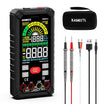
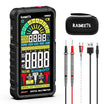
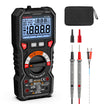
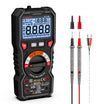

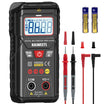
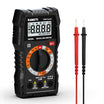
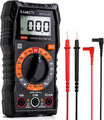
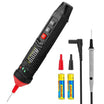
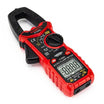
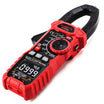
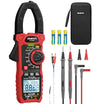
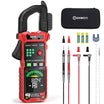

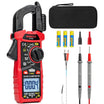


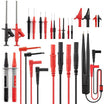



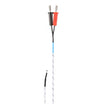
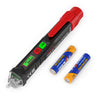
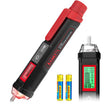


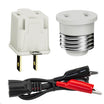
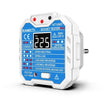
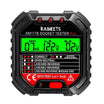
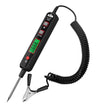
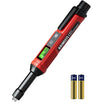

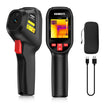
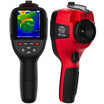
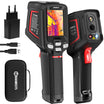
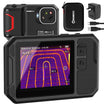
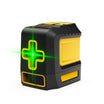
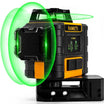






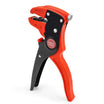
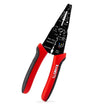





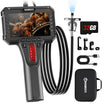
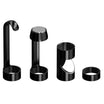
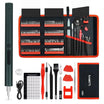



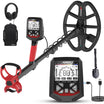




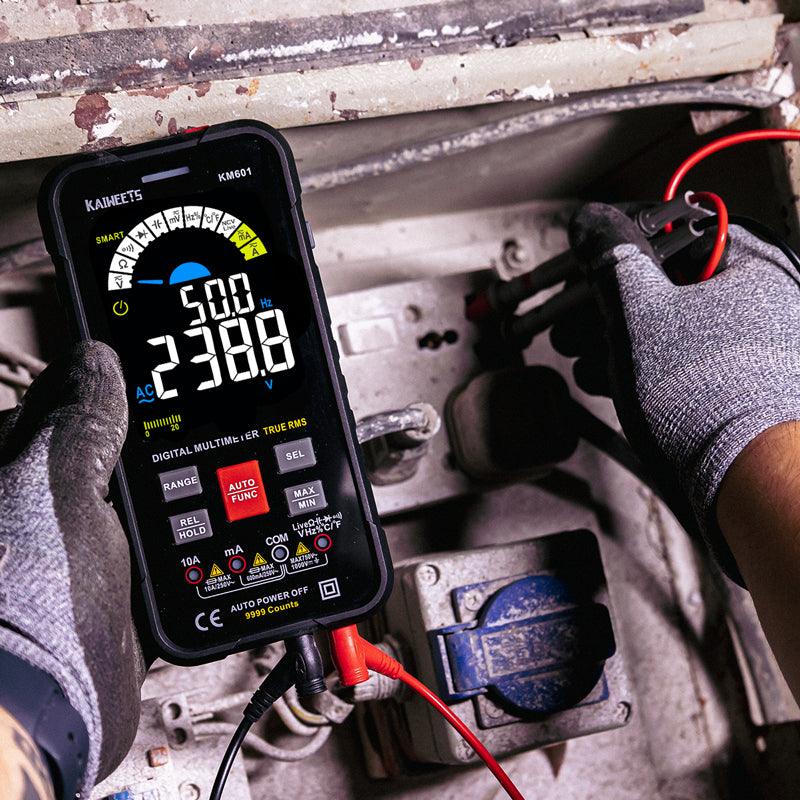
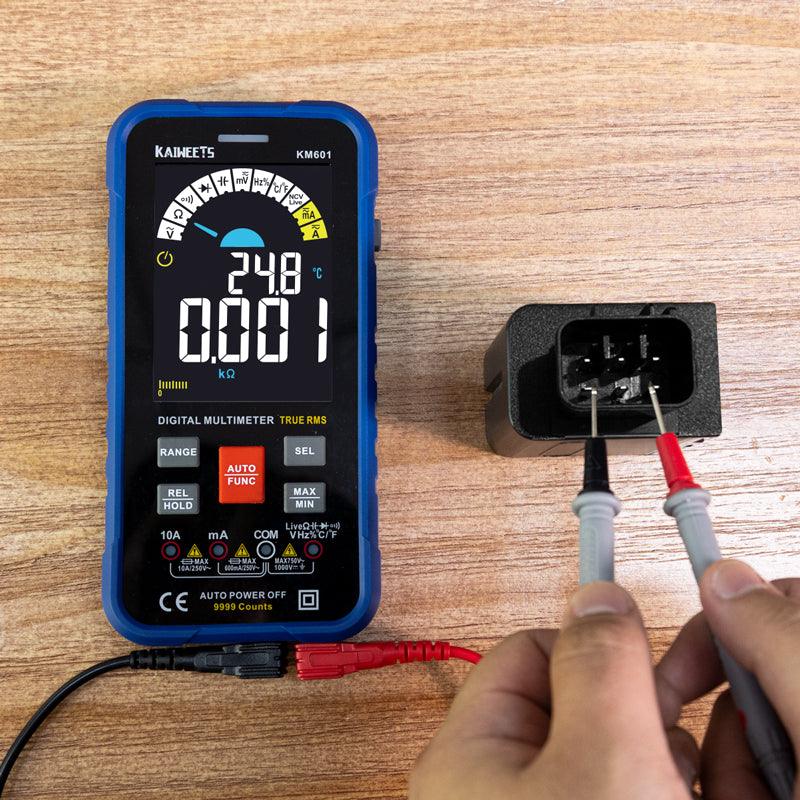
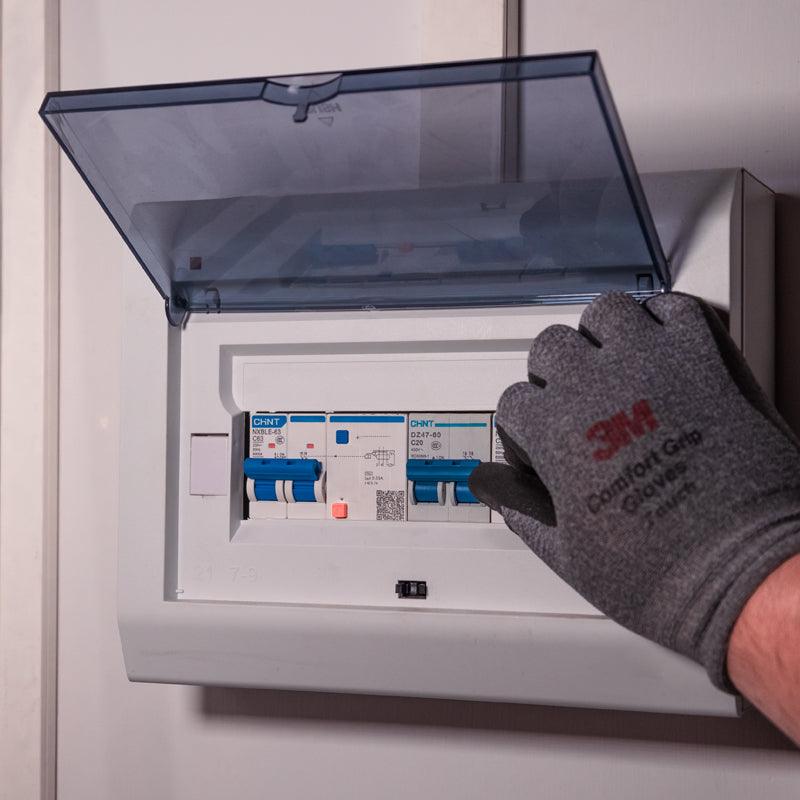
Dejar un comentario
Todos los comentarios se revisan antes de su publicación.
Este sitio está protegido por hCaptcha y se aplican la Política de privacidad de hCaptcha y los Términos del servicio.